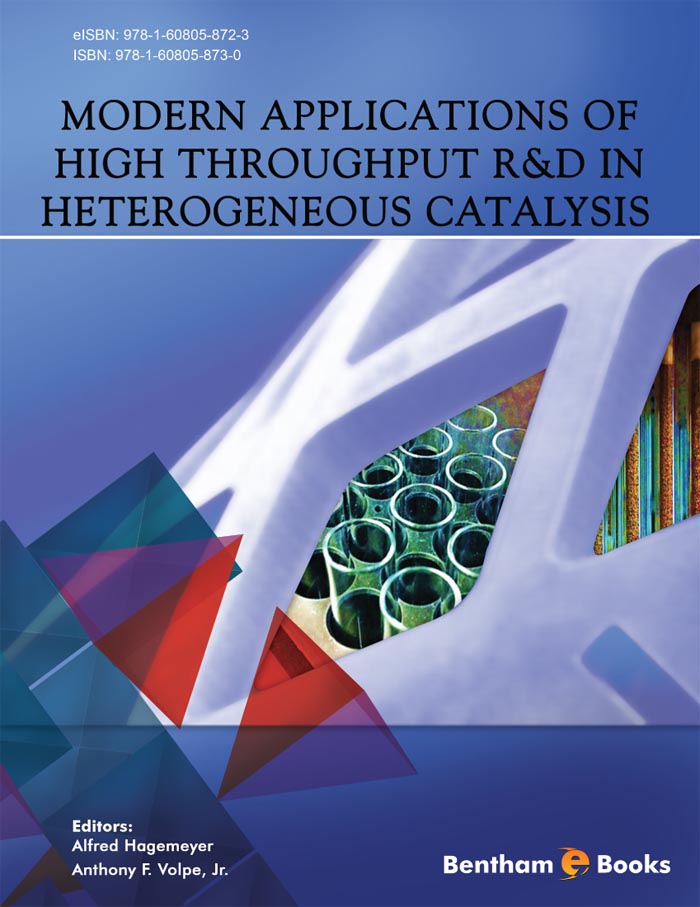Introduction
Catalysts are critical for the production of chemical products, being used in vast majority of processes worldwide. Moreover, many industrial products employ catalytic step at some point during their manufacturing from raw materials. The effect is that catalysts add efficiency and great value to industry in general, and have the potential to save up to an additional 50 percent of the energy used by the chemical industry by deploying new and/or improve commercial catalysts systems, which would be highly beneficial in reducing the global energy demands of future.
The global catalyst market in 2013 is approximately $15 billion, and catalysts added about $2.4 trillion of value to world economies. Catalytic processes were responsible for about 35 percent of the gross global products in 2011. Notably, the costs of the catalysts themselves are a very small fraction of the value that they create. These statistics highlight the importance of industrial catalysis. With advancements in the fields of Industrial Chemical Catalysis and Green Chemistry, which are covered in this new eBook, it is inevitable that the economic and social impact of catalysis will increase in the coming years. The discovery and optimization of organic and inorganic functional materials, including catalysts in industrial R&D labs, were revolutionized with the advent of high throughput research and development methodologies in the early 1990s. This involved the application of robotic syntheses and the screening of novel inorganic materials utilizing parallel arrays of spatially resolved and individually addressable library elements in (micro-scale) bulk or on two-dimensional surfaces. At the time, these new high throughput screening technologies promised to drastically accelerate innovation and dramatically shorten the development times of new and improved materials and thereby time-to-market. Today, 20 years later, although the early enthusiasm has tempered, high throughput catalyst synthesis and screening tools, software, and workflows have been further developed, automated and hardened, and scientists in both academia and industry are increasingly and in many cases routinely using high throughput techniques in their work. It is the purpose of this new eBook to take an in-depth look at the current status of high-throughput research and development in catalysis now that the field has matured. What has survived two decades after the hype? Which methodologies have become accepted by industrial R&D labs and which have disappeared? What real-world successes followed the early proof-of-principle work on model reactions? Are there modern applications available to industrially relevant and complex reactions today?
This eBook covers the application of high-throughput R&D to both fundamental and applied catalysis including catalyst synthesis, characterization, and testing in various reactor types. Chapters from academia as well as industry make this eBook well-balanced, although somewhat weighted to professional industrial or service R&D labs as pointed out by Prof. Maier in the preface. Included are applications ranging from optimizations of established industrial catalysts to the discovery of innovative new materials, examples of the development of innovative parallel characterization methods, and cases of real catalyst testing in small-scale reactor systems. There are also chapters that cover commodity chemicals produced using continuous gas phase processes as well as fine chemicals produced in liquid phase batch reactors. The potential of industrial chemicals production from biorenewable feedstock is also presented. It is evident that model reactions are now rarely employed, with the steadily improving workflows being applied to relevant reactions and targets such as hydrotreating, Deacon oxidation, Fischer-Tropsch, propane dehydrogenation, C4 oxidation, methane coupling, exhaust gas catalysis, bio-based Nylon, fuel cells and vitamins. The interplay between academia and industry and the need for exchange of experiences among users via specialized journals and books is addressed by the early pioneer Professor Maier in the preface.

